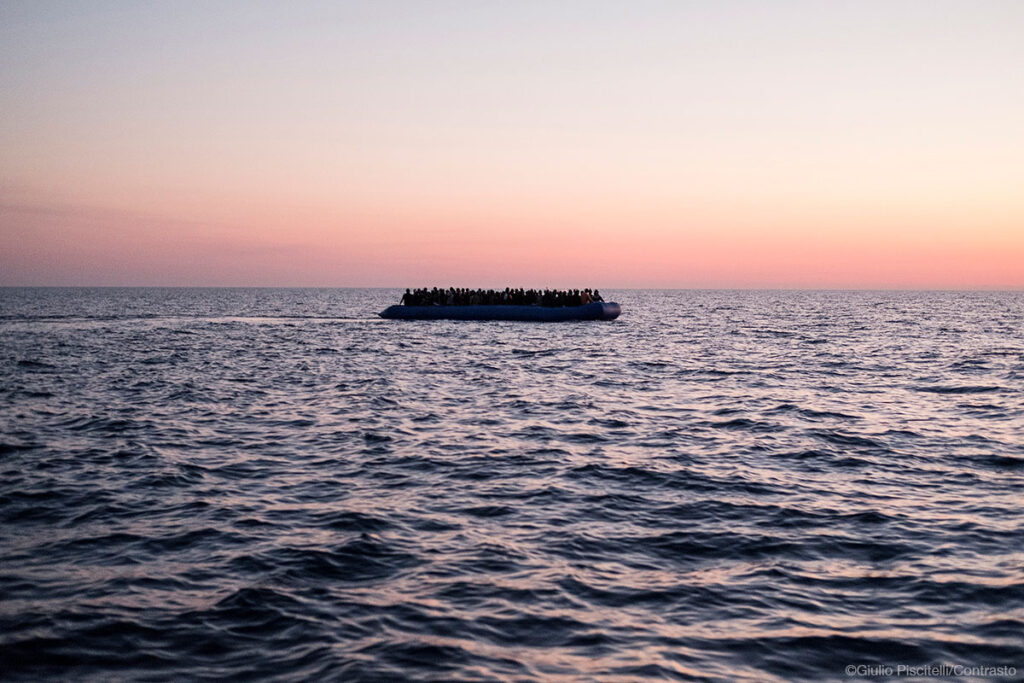Last July, the EU signed an agreement with the President of Tunisia, Kaïs Saied to boost trade relations and stem migrant departures from the country to Europe. This Memorandum of Understanding covers five pillars: macro-economic stability, trade, and investment, green energy transition, people-to-people contacts, and migration; and it is considered the basis of the comprehensive partnership package announced by the EU and Tunisia on 11 June 2023.
The Agreement
Under the Deal, the European Union is going to provide hundreds of millions of euros to Tunisia to financially support the country and expand the security border to halt the crossing of migrants in the Central Mediterranean. Since the beginning of 2023, the increase in arrivals from Tunisia to Italy has concerned many European countries, particularly Italy. In 2023, more than 50 percent of departures to Italian shores were from Tunisia, reversing a trend that for years has seen Libya as a central hub for the crossing in the Central Mediterranean.
Tunisia, as stated in the Memorandum, did not want to become a staging point for the immigration, and that it would handle its borders, not those of Europe. On the other side, the Tunisian government has agreed to resume repatriation cooperation, but only for Tunisian people who are illegally present in Europe, not including migrants from other countries. In exchange, Brussels pledged to create regular entrance points for Tunisian employees (Talent Partnerships) and to increase access to research and exchange programs such as Horizon and Erasmus+.
Human Rights violations concerns
The deal occurs while Tunisian authorities are under scrutiny for performing collective push backs of migrants, refugees and asylum seekers towards Libya and Algeria across the desert, with reports indicating beatings, use of excessive force, torture, arbitrary arrests, and detentions.
The Memorandum is supposed to offer a legal framework allowing EU member states to return migrants and is modeled after the €6 billion “pay for migrant control” contract reached between the EU and Turkey in 2016. The deal attempted to halt the flow of migration from Turkey to Europe, and it stipulated that any new migrants and asylum seekers arriving in Greece from Turkey whose asylum claims had been deemed inadmissible should be returned to Turkey. Similarly, the EU Commission has invested over 57 million euros into Libya via the Emergency Trust Fund for Africa since 2015 to give technical and material support. Despite this, officials continue to ignore migrants’ deplorable conditions, while several allegations indicate abuse and torture in multiple detention centers around the country.
Furthermore, it appears contradictory that the EU is once again depending on a third country’s cooperation to regulate migratory flows in the Mediterranean at a time when it is attempting to arm itself with its legislation to combat the instrumentalization of migration by external players. By handing even more authority to a government like Tunisia’s, the EU provides it with the instruments it needs to apply even greater pressure in the future, so weakening its position.
Mediterranean Migration updates
The Central Mediterranean is one of the major routes used by migrants and asylum seekers to reach Europe. This year, Tunisia witnessed a record number of irregular migrants leave its shores for Europe, replacing Libya as the hub for migrants and refugee departures in North Africa. In 2023, according to the most recent data from the UN migration agency IOM, over 86,000 migrants have arrived. The majority, according to Italian officials, came from Tunisia, most of them from the coastal city of Sfax.
MOAS campaign: Safe and Legal Routes
MOAS has long advocated for the implementation of Safe and Legal Routes of Migration and the establishment of measures to ensure that persons escaping war and violence are not forced to take risky crossings that threaten their lives. MOAS also calls on European governments to establish “flights of hope” as a symbol of compassion and political duty. This will avoid risky migratory routes and save lives while adhering to international duties to asylum seekers and controlling migration flows to maintain the security of the European Union and resettlement nations.

